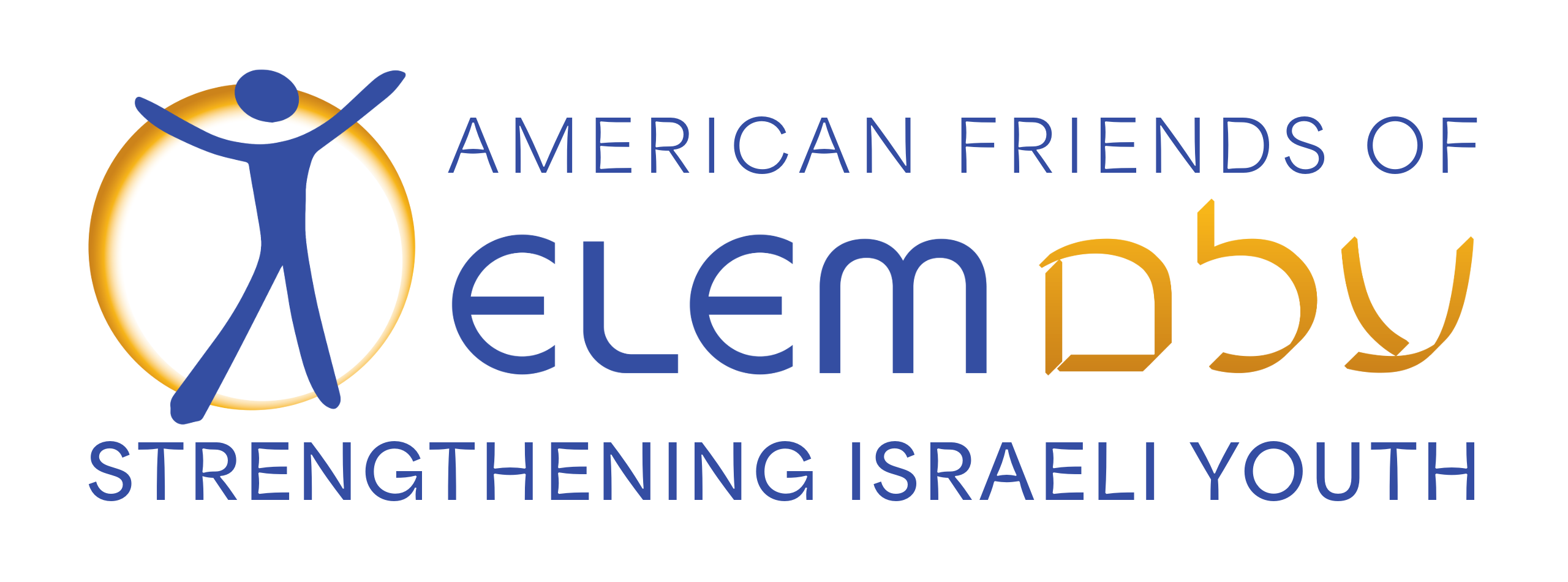Did you know April is Sexual Assault Awareness month?
Here’s a recent shocking story from Israel:
A 12 year old boy was arrested for attempted rape and additional incidents of sexual violence against multiple women in Tel Aviv.
It’s horrific news.
Sexual assault is a devastating experience and sadly, COVID has led to a significant increase in sexual violence – the result of so many youth isolating at homes that are, in fact, not safe spaces for them.
While any sexual violence is concerning and devastating to the victims, there’s a disturbing phenomenon not being discussed widely that deserves attention: sexual violence among minors.
According to Keren Naor, a manager at ELEM’s Sexual Violence Field, sexual violence among minors is a concerning phenomenon that is growing. Some of the comments she’s heard about the news story include:
“12 years old?? Doesn’t he have a puzzle to solve?”
“What do you mean a 12 years old rapist? He probably still has his baby teeth. Where are his parents?!”
“Throw this kid out with the trash before he grows up.”
“If he’s 12 then he’s not aware enough and he needs help.”
Some of these comments people blame the attack on a disease, or mental illness. Some blame lack of awareness, while others direct anger towards the parents and schools.
All of these feelings have one thing in common – the notion that a sexually aggressive behavior among kids is a tough pill to swallow. This is true, of course, of every act of sexual violence, but when the act is being committed by someone who is 12 years old, if not even younger, it creates a dissonance.
Childhood is meant to be full of innocence, curiosity and play, a time when sexual development happens gradually along with physical, mental and emotional development. Sadly, for some kids, especially those who experienced trauma, the process of normal development is shattered, and instead, something else comes to the surface, a behavior that is harmful and inappropriate, such as sexual violence.
In recent years, we’ve seen an increase in the number and the severity of sexual violence acts committed by children and minors, with the assailants becoming younger and younger. Naor is convinced that the cases we hear about are just the tip of the iceberg. She believes this is a more prevalent phenomenon than people realize, with cases that we sometimes learn about only years down the line.
As part of our work at ELEM we sometimes meet very young children, including toddlers, still in kindergarten, who were sexually violent towards others. The younger the child is, it’s more likely that they have experienced trauma, often physical abuse. It’s common to see learning disabilities among these kids, a problematic family dynamic, and difficulties in developing healthy social relationships.
Naor says that the fact that kids are much more easily exposed to porn these days plays a major role in their aggressive sexual behavior. She says that some of these kids are too young to understand what they’re watching, but they see enough to mimic the behavior they see. A child can feel scared and helpless because they’ve been exposed to sexuality and violence, without having the tools and emotional resources to deal with these feelings. The sexual acts the child then commits gives them the illusion of power and control, a need that surfaces as a result of their feeling of confusion and helplessness.
It’s important to understand that the world of sexual violence is a world of addiction, says Naor. And like other addictions, in order to maintain the level of excitement and stimulation, there’s a need to increase the frequency of the act. So if a child isn’t caught or isn’t being treated, we’ll see an increase in the intensity and the severity of the acts they commit. So when we hear about a 12 year old who committed a sexually violent act, we need to start treatment as soon as possible. We want to intervene immediately so we can prevent their next act of violence and prevent additional victims.
Sexual Assault Awareness Month in April reminds us that there’s still work to be done to stop sexual violence and that there is something we can do about it.
So what can we do to help stem the tide of sexual violence by youth? Naor advises parents to talk to kids about sexuality and to encourage an open discussion about the subject at home and at school. She says to remember that talking to children about sexuality doesn’t encourage early sexual behavior, as some parents believe. Lastly, Naor says it’s important to encourage empathy towards others and give them other ways of expressing themselves.
Support ELEM’s work in the field of sexual violence among minors by donating here.



